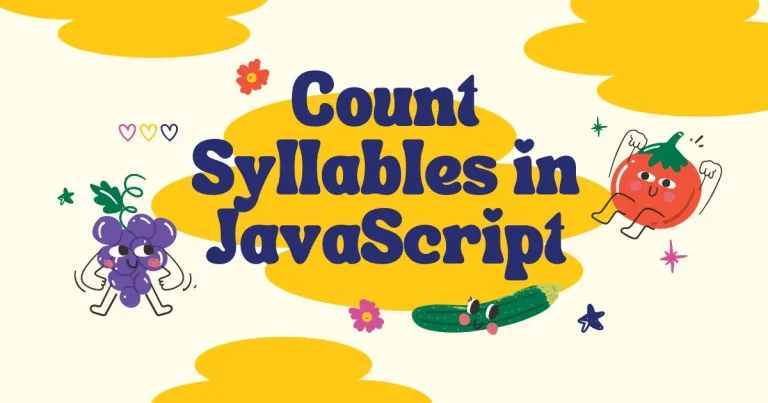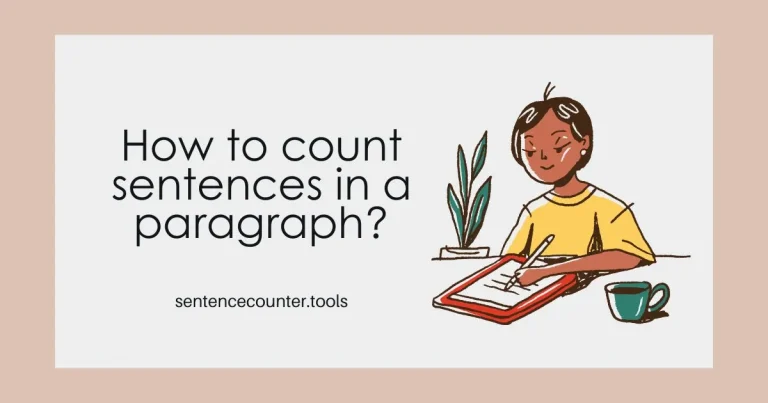Haiku Checker Check – Haiku Syllable Count!
0 / 5
0 / 7
0 / 5
Haiku poems are unrhymed three-line poetry that capture a moment of insight, often drawing their inspiration from nature or seasonal changes. Most English-language haiku checker follow a 5-7-5 syllable count.
This free online syllable counter helps you track syllable counts in writing. Use it to enhance poetic expression and ensure its form and structure align with your creative goals.
How to use Haiku Checker
Haiku Checker are short unrhymed poems written in three lines with seventeen syllables that follow a specific format. Haikus often capture fleeting moments by juxtaposing different images for dramatic effect, often depicting nature but exploring other topics as well.
Many people struggle with writing haiku tester, but there are several steps you can take to help develop your writing skills. First, read as many haiku as possible before considering which themes and subjects interest you most - this will allow you to discover which haiku works best for you as well as help create your own distinctive writing style.
Our free syllable count tool will show you in real-time how many syllables each line of your poem contains in real-time. It's simple and will help keep track of how many syllables there are in each line, providing an invaluable way to check haikus or any other kind of poetry while writing haikus or any other form.
American haiku are generally written using English syllable counts; Japanese haiku, however, differ significantly; in Japan a haiku includes 17 on (sound units). Since on don't translate directly to English syllable counts this explains why modern English haiku rarely have more than seventeen syllables.
Checking the syllable count
Haiku are short, unrhymed poems written in three lines with seventeen syllables each that focus on nature while juxtaposing images in such a way as to capture moments of clarity. Haiku poetry provides poets with an open canvas upon which to express any variety of thoughts.
One of the hardest parts of writing haiku is determining how many syllables each line should contain; usually this rule calls for seven, seven and five syllables respectively in English and Japanese; it can be difficult to determine what counts as a syllable in each language, so some English-language poets often deviate from it by writing poems with less syllables (this is acceptable as long as their poem remains clear and concise).
haiku is an artform in its own right; while 5-7-5 syllable counts are important, they're not essential. Haikus can be written in two, three, or four lines and include seasonal words or even bird sounds called kigo or kisabura for extra emphasis.
syllables counter haiku can be an entertaining and effective way to introduce poetry in the classroom. Our KS2 lesson pack features a PowerPoint, poster and worksheet to help students grasp the haiku form and determine how many syllables should be present per line. Furthermore, this lesson pack encourages creativity as it allows pupils to take what they have learned and apply it in creative ways.
Counting the syllables
Utilizing a syllable count tool can assist poets in refining their poetic expression and ensuring the rhythm of their work aligns with their creative intentions. Language learners may use this tool for pronunciation and rhythm practice. Furthermore, musicians can utilize it for writing lyrics that complement musical arrangements while maintaining a lyrical flow.
Haiku poetry is an ancient Japanese form that captures images from nature and seasons in a short poem that often conveys insight or contrast brought on by something we observe around us. While its traditional three-line, five-syllable structure has long been recognized, there are some poets who challenge its confines by expanding what constitutes haikus further.
Although haiku does not need to rhyme, it is still essential for students to carefully count the number of syllables when writing haikus. This will enable them to see how the poem's syllables are organized within it and make writing haikus much simpler for themselves.
If you're confused about counting syllables in haiku poetry, check out Twinkl Teacher Jack's helpful tutorial video. He covers everything from learning the standard haiku format to counting individual lines' syllables.
Counting the lines
The 5-7-5 rule for haiku Checker is an excellent starting point when writing haikus, though it shouldn't be the only approach you take to creating them. While using this structure might help when beginning haiku writing, remember that haikus are meant to convey one momentary insight rather than offering exhaustive analysis or explanation of any situation or idea; using a syllable count may help focus your writing on conveying this moment of wisdom through images and details that help express it.
Haiku Checker online is an unrhymed poetic form from Japan consisting of three lines with a 5-7-5 syllable count, typically written about nature but can also reflect everyday experiences and events. Learning haiku offers many benefits including being an enjoyable way to express thoughts and emotions.
Haikus are traditional Japanese poems that combine imagery and words to elicit emotional responses in their readers. Written in three lines or less, haikus can often convey moments of insight such as the beauty of sunrises or sunsets, for instance.
The best haikus tend to be short and concise and include cutting words (kireji) such as an em dash or ellipsis for added effect - although they aren't typically included in English haikus, punctuation marks can mimic their effect for a similar effect.
Use Our related tool:


